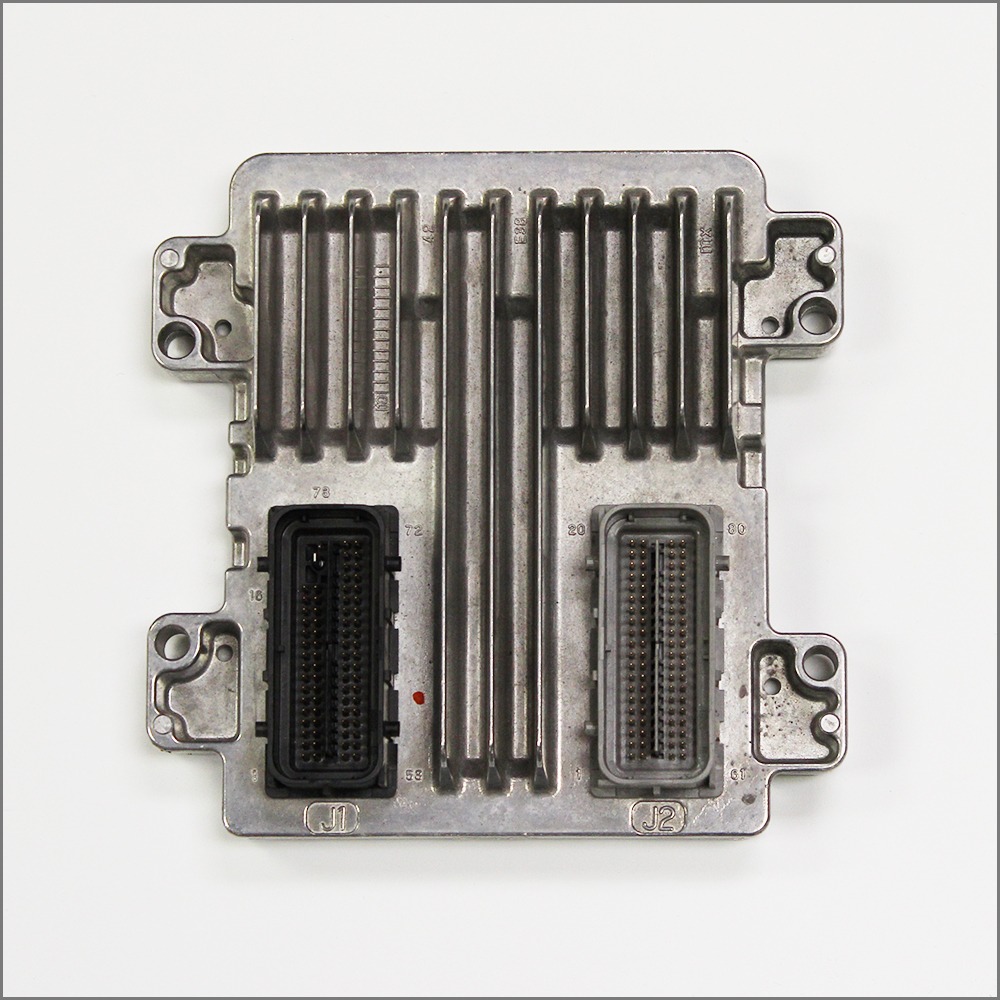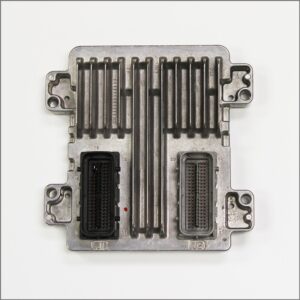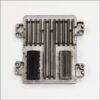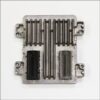Restore Peak Performance to Your GM Vehicle’s Engine
Is your 2007 Yukon XL 1500, Silverado, or Tahoe running rough, stalling unexpectedly, or showing a persistent Check Engine Light? As a technician with over two decades of experience, I’ve seen these symptoms countless times. The culprit is often a failing Engine Control Module (ECM)—the computer that serves as your vehicle’s brain. A faulty ECM can cause a cascade of frustrating issues, from poor fuel economy to a complete no-start condition. This isn’t just an annoyance; it’s a reliability issue that can leave you stranded.
This isn’t just a replacement part; it’s a complete solution. We take the hassle and high cost out of the repair by pre-programming this module specifically for your vehicle using your VIN. It arrives loaded with the newest official GM software updates, ensuring all factory-corrected drivability and emissions parameters are in place. You get a reliable, plug-and-play fix without the expensive trip to the dealership for programming. This is the smart, efficient way to get your truck or SUV back to running the way it was designed to.
From the Diagnostic Bay: The Ghost in the Machine
I remember a 2007 Silverado 1500 that came into my shop with a problem that was driving the owner crazy. It would randomly stall at red lights, but never consistently. No check engine light, no stored codes. We checked fuel pressure, ignition components, everything. After hours of diagnostics, we decided to monitor the live data from the ECM. We noticed that just before a stall, the injector pulse width would erratically drop to zero. It was a classic sign of an internal ECM failure that wasn’t yet bad enough to set a hard fault code like a P0601. We installed a pre-programmed 2007 Yukon XL 1500 Engine Control Module (the same unit fits the Silverado), performed the security relearn, and the truck ran perfectly. It’s a reminder that sometimes the ‘brain’ itself is the issue, even without obvious codes.
Is Your GM Vehicle Showing These ECM Failure Signs?
- ✔ Persistent Check Engine Light that won’t clear.
- ✔ Common diagnostic trouble codes (DTCs) like P0601, P0602, P0606, or U0100.
- ✔ Engine cranks but refuses to start (no-start condition).
- ✔ Noticeable drop in fuel economy.
- ✔ Rough idling, engine stumbling, or random stalling.
- ✔ Transmission shifting issues or harsh engagement.
- ✔ Communication errors with your scan tool.
A Straightforward Guide to Installation
Installing your new ECM is a manageable job for a confident DIYer. Taking your time and following these steps will ensure a smooth process.
- Safety First: Always disconnect the negative terminal from your vehicle’s battery and wait at least 10 minutes for the systems to discharge before starting work.
- Locate the ECM: On most compatible trucks and SUVs like the Yukon, Tahoe, and Silverado, the ECM is located under the battery tray on the driver’s side. On some cars like the Malibu or Impala, it may be in the air cleaner box or on the firewall. Consult a repair guide for your specific model if unsure.
- Disconnect and Remove: Carefully unplug the electrical connectors. Most have a locking tab that needs to be released. Once disconnected, unbolt the module from its mounting bracket and remove it from the vehicle.
- Install the New Module: Bolt the new, pre-programmed ECM into place. Reconnect the electrical harnesses, ensuring they click securely into position.
- Reconnect Battery: Reattach the negative battery terminal and tighten it securely.
- Perform Security Relearn: This is a critical step. Your vehicle’s anti-theft system needs to recognize the new ECM. The procedure is typically: Turn the key to the ‘ON’ position (don’t start the engine) for 10-15 minutes, or until the security light stops flashing and turns off. Turn the key ‘OFF’ for 10 seconds. Repeat this cycle two more times (for a total of three cycles). The vehicle should then start.
Verified Vehicle Compatibility
This module is a direct replacement for part numbers 12589297, 12597121, 12603892, and 19210738. It is guaranteed to fit the following models, but please provide your VIN upon purchase to ensure perfect programming for your specific vehicle options.
Cadillac Escalade, ESV, EXT (2007)
Chevrolet Avalanche 1500 (2007)
Chevrolet Corvette (2006-2007)
Chevrolet Equinox (2007)
Chevrolet Impala (2007 – 3.5L, 3.9L)
Chevrolet Malibu (2007 – 3.5L, 3.9L)
Chevrolet Monte Carlo (2007 – 3.5L, 3.9L)
Chevrolet Silverado 1500, 2500, 3500 (2007 New Body Style)
Chevrolet Suburban 1500, 2500 (2007)
Chevrolet Tahoe (2007)
GMC Sierra 1500, 2500, 3500, Denali (2007 New Body Style)
GMC Yukon & Yukon XL 1500/2500 (2007)
Hummer H2 (2007)
Pontiac G6 (2007 – 3.5L, 3.9L)
Pontiac G8 (2008 – 6.0L)
Pontiac Torrent (2007)
Saturn Aura (2007 – 3.5L)
Frequently Asked Questions
How does the VIN programming work?
After you complete your purchase, you will need to send us your vehicle’s 17-digit VIN. Our technicians use this number to access the latest official GM software for your exact model and options. We then flash this software onto the module before shipping it to you.
Do I need any special tools to install this?
No special programming tools are required. Basic hand tools (like a socket set) are all you need for the physical installation. You will need to perform the security relearn procedure, which only involves using your vehicle’s ignition key.
Will this fix my specific problem?
This ECM will correct issues directly caused by a faulty module, such as internal processor faults (P0601), no-start conditions, or erratic engine behavior. However, it’s crucial to ensure your vehicle’s problem has been properly diagnosed, as other issues (like bad sensors or wiring) can cause similar symptoms.
Is this part difficult to install for a DIYer?
For most of the trucks and SUVs listed, the installation is straightforward. The most common location is under the battery tray. The most important part of the process is performing the security relearn correctly after installation. If you are comfortable with basic auto repair, this is a very manageable job.
What if I have questions during installation?
We are committed to your success. While we cannot diagnose your vehicle remotely, we can offer guidance on the installation process and answer questions about the part itself. Our goal is to provide a complete and reliable solution.



